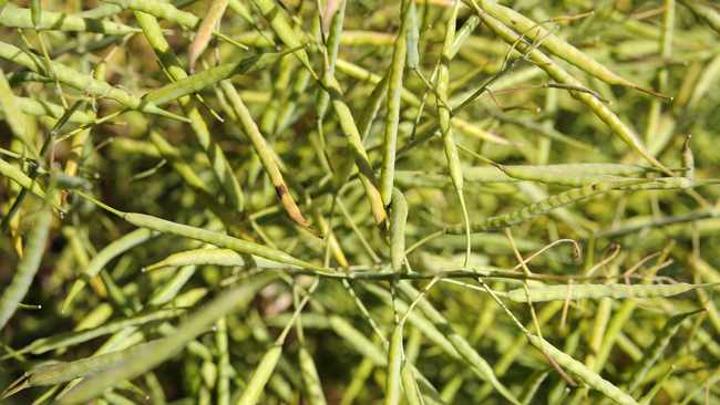Africa-Press – South-Africa. The pricing of South African grains and oilseeds in the domestic market was likely to take its cue from global markets, as was the case for the past two years, according to the Agricultural Business Chamber (Agbiz).
Agbiz chief economist Wandile Sihlobo said yesterday that the domestic market could be well supplied, with prices possibly remaining at export parity levels.
“At these levels, the global market determines the price movements, as is the case now. This applies to all major grains and oilseeds. While we expect the global prices to soften from levels we saw much of this year, we doubt that prices could be back to 2019 levels because of the tighter stocks and the production risk in South America.”
He said South Africa’s summer grain and oilseeds planting could average around 4.2 million hectares in the 2021/22 production season, with slight switches between some crops. This was roughly in line with the 2020/21 production season. A reliable estimate would be available in October, when the national Crop Estimates Committee released its farmers’ intentions to plant data.
The production ahead of the 2021/22 season was generally positive. A recent update on the La Niña pointed to at least a 50 percent chance of it occurring in the 2021/22 summer season and providing conducive production conditions. This favourable climate outlook, along with higher commodity prices and strong tractor sales, was an important signal for a good season, he said.
The closing session of last week’s Agbiz Grain Symposium offered an opportunity to explore global and domestic grains market developments. The central global theme around production was that the 2021/22 season seemed set to show recovery across all major grains and oilseeds.
This was echoed by the International Grain Council (IGC), which last week, in its monthly update, placed the 2021/22 global grains and oilseeds production estimate at 2.29 billion tons, up four percent from the previous season. The expected recovery in maize, wheat, rice and soybeans production was the primary driver of this forecast. Still, rising consumption from the animal feed industry and general industrial use meant that the 2021/22 global grains and oilseeds stocks could remain tight at 599 million tons, which was roughly unchanged from the previous season’s level of 598 million tons.
Sihlobo said that tighter stocks could mean that prices would remain generally volatile in the coming months as the market’s sensitivity to changes in weather conditions in the major producing areas around the globe would be high. This, however, was not a concern for the Northern Hemisphere, where the grain-growing conditions were promising, and the crop had matured in most regions, with harvesting in the early stages in parts of the United States.
“Nevertheless, the same cannot be said about the Southern Hemisphere, where the planting activity for the 2021/22 season will only gain momentum at the start of October. The major risk for this region is the expected La Niña weather event, which brings mixed experiences across regions. South America and East Africa typically experience dryness during La Niña episodes. Meanwhile, the Southern Africa region would usually receive above-normal rain. We experienced a similar phenomenon in the 2020/21 production season, and Brazil’s crops suffered, mainly in the maize-growing areas,” he said.
Agbiz said a second consecutive year of below-normal rainfall in Brazil and Argentina would mean an increased risk of poor yields and consequently a relatively lower harvest than the 2020/21 production season. Notably, a poor season would change the optimistic global production view that the IGC and the United States Department of Agriculture (USDA) had already painted. Brazil and Argentina collectively account for 14 percent and 50 percent of global maize and soybean production, respectively.
The concerns about crop conditions in this region could have implications on both global supplies and, subsequently, prices. In all the major risks discussed with analysts at last week’s Agbiz Grain Symposium, the primary point that was widely shared as a risk to keep an eye on was South America’s weather for this reason.
Within the African continent, one such region is East Africa, where the La Niña weather event also correlated with below-average rainfall from December to February. This was a period just before the summer grains planting, which was typically in February of each year. Therefore, the current La Niña event had raised the risk of a potential poor harvest for Kenya, Somalia and Ethiopia. While some countries in the African continent had large yields in the 2020/21 production season, these particular countries saw a decline in production and some production stagnation from the previous 2019/20 season because of poor rainfall. The 2020/21 summer season was a La Niña period, although the expectations for the 2021/22 season were pointing to a weaker event compared with the previous season.
The expected La Niña episode also meant that these particular African countries would likely still depend on maize imports in the 2022/23 marketing year (this corresponds with 2021/22 production year). Nevertheless, Agbiz said securing maize imports would not be a daunting task as the Southern Africa region would likely have yet another year of a large harvest, all else being equal.
[email protected]
BUSINESS REPORT






